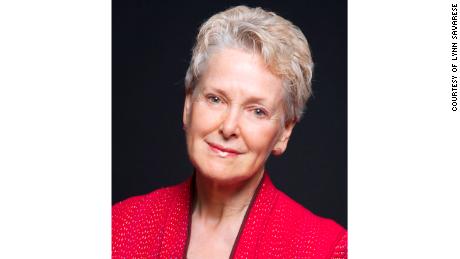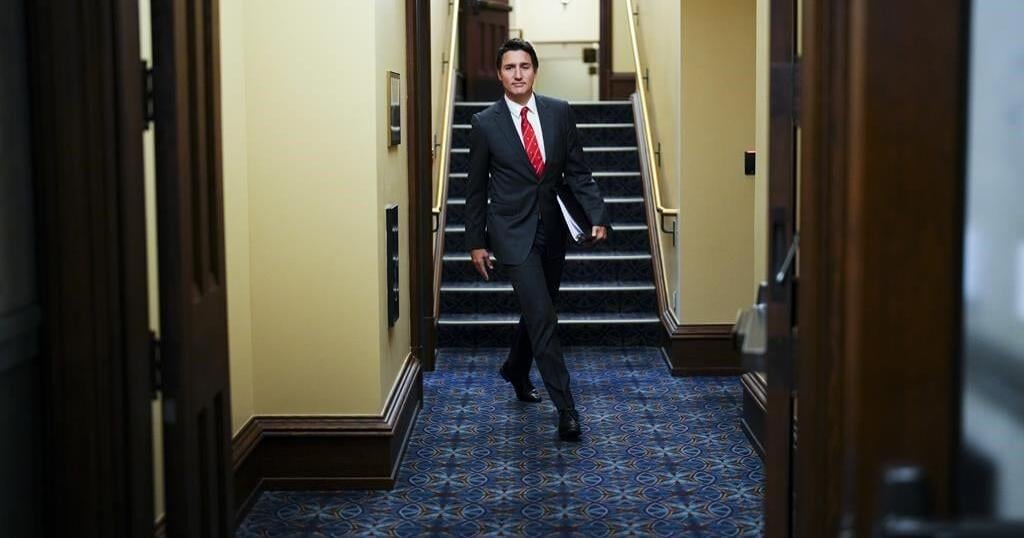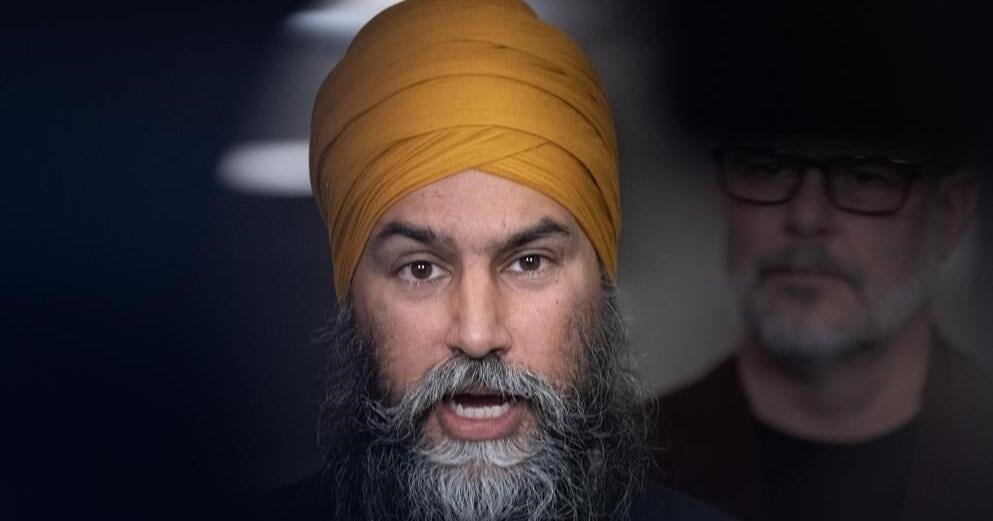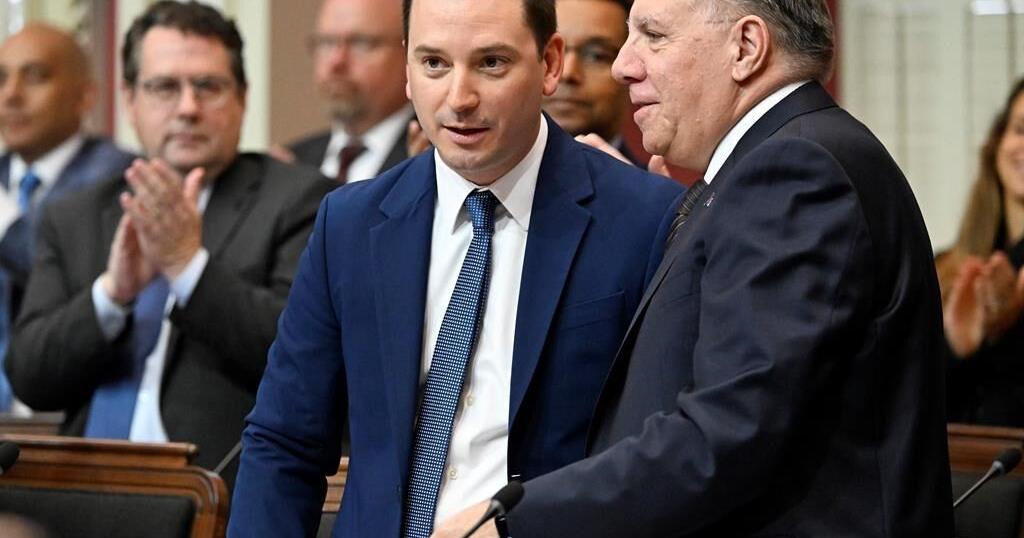We are seeing Sen. Kamala Harris take the stage as a vice presidential candidate: the first Black woman, the first South Asian woman, on a major party ticket. But we are also asking: What will it take for a woman to become President of the United States? In 1917, members of the National Woman’s Party
picketed the White House, carrying banners that included the question: “Mr. President, How Long Must Women Wait For Liberty?” In 2020, players in the Women’s National Basketball Association are competing in a bubble without fans but in front of the world
wearing jerseys bearing the name of Breonna Taylor.
How far have we come since 1920? What did it mean to be an ally then, and what does it mean now? What are the most important political questions confronting women today who seek equity, who strive for justice, who want to step into their power?
CNN Opinion’s Jane Carr asked Swanee Hunt and A’shanti Gholar — two women leaders whose work has focused particularly on building communities, alliances and pipelines — to have a dialogue that addresses what they see as the biggest questions confronting America about women and power.
Swanee and A’shanti, take it away.
Swanee Hunt: Well, here we are, 100 years after the adoption of the 19th Amendment. And in the years since, the progress toward political parity has been, shall I say… slow. Take Congress. We thought it was a big deal in 1992 (the Year of the Woman), when the number of women in the Senate
increased from two to six. Around that time a guy — another representative — asked my congresswoman, Pat Schroeder, “You have kids. What are
you doing here?” “I have a brain as well as a uterus,”
she said, “and I use them both.”
Today, the Congress
is about one-quarter women — mostly Democrats. But that’s only halfway to parity —and it’s just one indicator of how tiny our numbers have been. Of the 12,348 individuals who’ve served in Congress since it convened in 1789, almost 12,000 have been men. And most of the women are members
currently in office.
And then, with 2016, it all changed. Whether they loved the vision or hated it, voters in Hillary Rodham Clinton’s groundbreaking run imagined her as commander in chief at her desk in the Oval Office. That image itself cracked open the glass ceiling. And when a flagrant misogynist landed in the White House instead, within weeks tens of thousands of women poured into politics.
A’shanti Gholar: It’s nothing short of revolutionary. It wasn’t until Hillary’s run and the travesty of Trump that women were galvanized en masse. My organization, which trains Democratic women to run for office at all levels, is celebrating our 15th anniversary. And after the 2016 election, the
number of women coming to us for training exploded. That momentum hasn’t stopped. In 2018, our alums were instrumental in making both chambers of the Nevada Legislature and the Colorado House
the first majority-woman state assemblies in the country.
State legislatures take on criminal justice reform and education, for example — and they’re the pipeline to higher office. The US Congress currently has five Emerge alums,
including Lucy McBath, a gun violence activist whose son was murdered for playing loud music in his car. And there’s Congresswoman Deb Haaland, the first Indigenous woman to sit in the House Speaker’s chair, presiding over a debate. The 2018 election was a watershed for women’s political power in this country.
Swanee: I remember sitting on the edge of my sofa that night, watching the returns and, seeing the portraits of the winners flashing onto the screen. I was cheering. But then I was stunned as I realized that the commentators weren’t saying what was becoming clear: Women flipped the House! And now the candidate for vice president is not just a woman, but a Black and Indian woman who is heir apparent to a Biden presidency….
A’shanti: This is a game-changer. That Kamala Harris could be our first female vice president has profound meaning for those of us in communities of color. I’m hoping the selection of the formidable Senator means that a Biden-Harris administration will be diverse in every way. This shows how serious Vice President Biden will be in having women and Black, brown and indigenous people in important decision-making roles. And wait till we see those faces lined up behind President Biden’s desk. That image will go viral!
Just seeing Kamala Harris on stage during the DNC last week filled me and so many women and girls across the country with hope about what our nation can look like in the future. And her speech struck such an optimistic tone about our potential to be inclusive and to live up to our values.
Swanee: And if she becomes our first female president, it will be, in many ways, a righteous twist. I think about one of my heroes, Sojourner Truth, who had been enslaved. At a women’s convention, according to a witness, she walked to the front and onto the platform. He described her strong stature, and compelling gestures, as she delivered
a spontaneous speech. “I could work as much and eat as much as a man — when I could get it — and bear the lash as well! And ain’t I a woman? I have borne thirteen children, and seen most all sold off to slavery, and when I cried out with my mother’s grief, none but Jesus heard me! And ain’t I a woman?”
With such iconic voices as hers, how can it be that the story of suffrage is laced with racism?
A’shanti: Well, when you take a step back, racism was and is a fundamental theme in this story. No Black women were invited to the 1848 Seneca Falls Convention, which is regarded by many as the catalyst of the women’s suffrage movement. The attendees were hundreds of White women, their White male supporters and one Black man, famous abolitionist Frederick Douglass. There are examples after examples of Black women being systematically excluded. One of the most dramatic is the massive march in 1913, the day before the inauguration of President Woodrow Wilson. A huge parade down Pennsylvania Avenue was planned.
Just two months earlier, a few miles away at (historically Black) Howard University, a group of young activists had
formed a sorority, Delta Sigma Theta, with suffrage as their first cause. The Deltas planned to be part of the parade, but
as you know, Swanee, word came that Black women weren’t welcome—mostly in deference to segregationist Southern women (and men) involved in the movement. Finally, after thousands of complaints were telegraphed to the makeshift headquarters, a compromise was reached: Black women, including the Deltas, were allowed in the parade.
In fact, they wore white dresses with suffrage sashes, like the organizers. But they were put in the place usually assigned to Black people — at the back. Thousands of women marched that day, and
at least a half million — mostly men, many drunk — lined the avenue.
Some spat on the Deltas, grabbed their clothes, hurled insults. Like so many Black demonstrators who would follow, including John Lewis in Selma, and now the many Americans taking to the streets, the Deltas marched on.
Swanee: I’m inspired now to see so many Black women in political leadership. I’m thinking of leaders like Atlanta Mayor Keisha Lance Bottoms,
who stepped up and went toe-to-toe with Georgia’s failing governor over the common-sense issue of face masks. And I think of others who were considered for vice president. What a display of talent. We women sure do get it done.
And now we’re witnessing another dramatic rise. Two analysts at the
Brookings Institution have noted the massive influx of women into the Democratic Party with a stunning statement: “It won’t be long before the political preferences of women voters determine the winners and losers in American politics.” Along with the seismic shift we saw in women running for office, there’s been a shift in women’s sentiments. The Brookings authors cited a 20-point preference among women for the Democratic versus Republican Party. And women are preferring Biden to Trump by as many as 30 astounding points.
A’shanti: And let’s remember how it’s Black women voters who are the backbone of the Democratic Party. But they don’t just vote. They take their families to the polls. They organize. And when an election depends on turnout, as it will this year, that extra push can get you over the line.
Swanee: This centennial celebration resurrects well-known names: Susan B. Anthony, Elizabeth Cady Stanton, Alice Paul and more. But there are women of color who have got to be lifted up as leaders of not only suffrage one hundred years ago but also the voting rights movement that continues even as we speak.
A’shanti: The determination of these pioneers is phenomenal. When the National American Woman Suffrage Association refused to include
all women, they formed organizations like the National Association of Colored Women. The brave anti-lynching journalist Ida B. Wells helped found the
Alpha Suffrage Club. They would go on to register thousands of Black women to vote.
“I’m sick and tired of being sick and tired” was the clarion truth told by Fannie Lou Hamer, who was extorted, harassed and shot at in the 1960s as she claimed the ballot for herself and her sisters. But it was worth it. In 1972, “unbought and unbossed’ Congresswoman Shirley Chisholm became the first Black woman to run for a major party’s presidential nomination. It spoke volumes when Kamala Harris spoke their names
in her acceptance speech for the vice-presidential nomination.
There’s more work ahead. In the 2018 election for governor of Georgia,
voter suppression was rampant. Stacey Abrams, House minority leader, narrowly lost and then went on to found Fair Fight. And so the work continues.
Swanee: That’s the bend in the long arc of the moral universe.
A’shanti: Exactly. I hope this occasion will be teachable moment. That it will force a dialogue about “inclusive democracy.” We’ll be looking back over the last 100 years, as we must. But what I’m really looking forward to is the next 100.





























